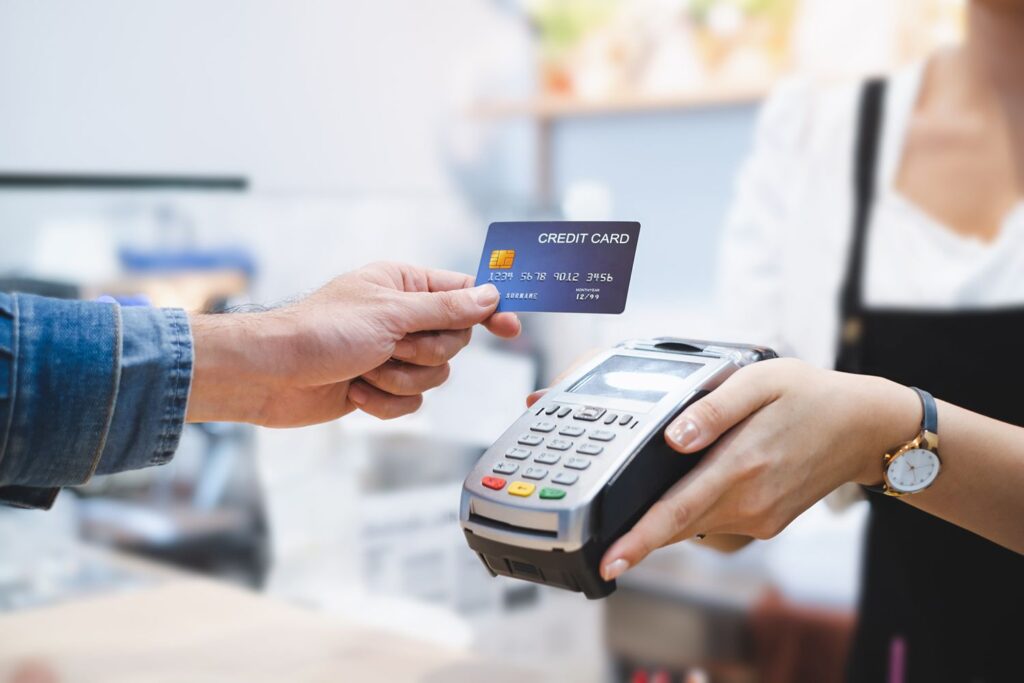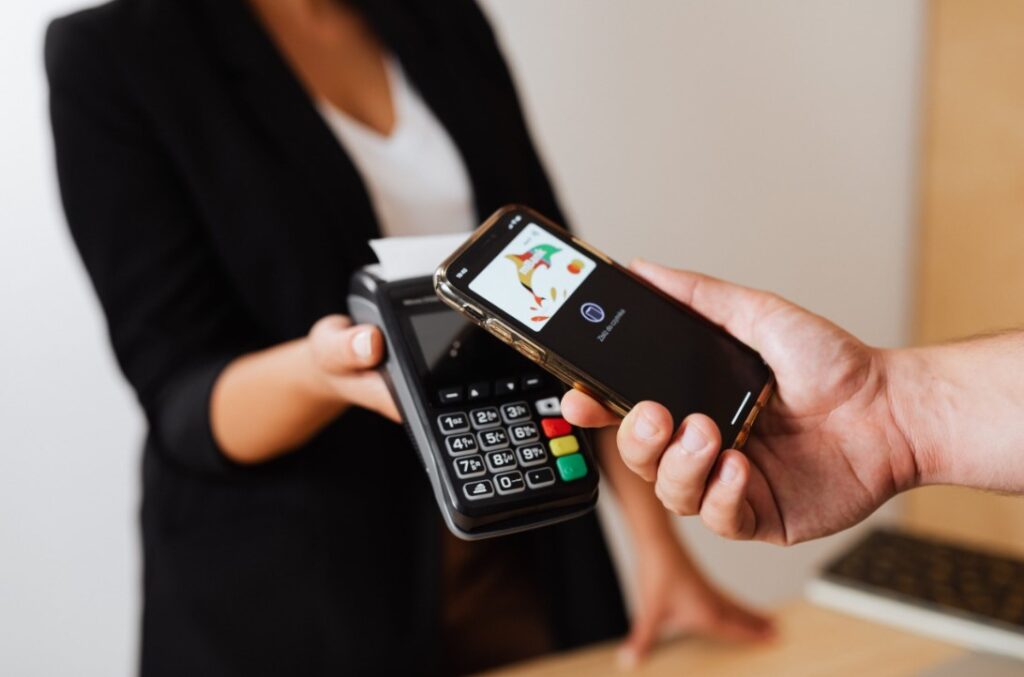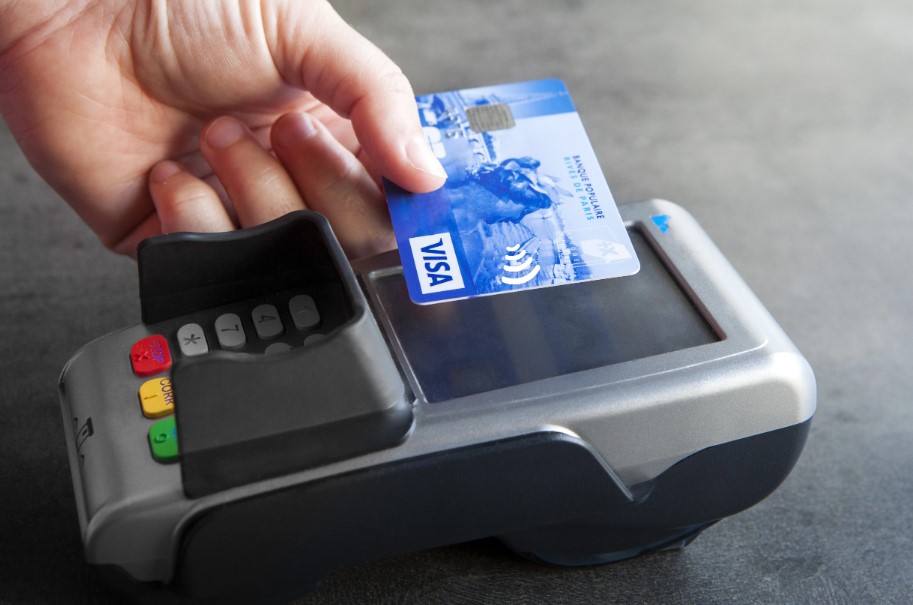In an era where convenience and speed are paramount, contactless payments have emerged as a beacon of efficiency. Businesses, eager to cater to the changing demands of consumers, are rapidly adopting this technology. However, the path to implementing contactless payments is fraught with challenges that can undermine its potential benefits.
This article highlights critical mistakes businesses must avoid to fully leverage the advantages of contactless payments.
Incorporating contactless payment technology into business operations is a strategic move toward modernization and customer satisfaction. Among the plethora of options available for contactless payments, Android payment apps represent a significant segment that businesses cannot afford to overlook
Overlooking Security Measures
Security is the cornerstone of any payment system. With contactless payments, especially those facilitated through an android payment app, the perceived risk of fraud can be higher due to the wireless nature of transactions. One grave mistake is neglecting advanced security measures.
Encryption, tokenization, and strong customer authentication should be non-negotiable components of your contactless payment system, including any Android payment app you might deploy. Ignoring these can lead to data breaches, eroding customer trust and potentially causing significant financial losses.
Moreover, regular updates and security patches are critical to combat evolving threats, particularly for android payment apps, which are frequently targeted by malicious actors. Businesses must also ensure compliance with global security standards such as PCI DSS, to protect cardholder data. Failure to implement robust security frameworks not only jeopardizes customer information but also exposes the business to regulatory penalties.
Neglecting User Experience

The allure of contactless payments lies in their simplicity and speed. A cumbersome user interface can deter customers from using the service. Ensure the payment process is intuitive: a tap or a scan should suffice. Complicated procedures will only frustrate users, pushing them towards more straightforward alternatives.
Additionally, providing visual cues and feedback during the transaction process can reassure users that the payment is being processed. Designing the system for accessibility, ensuring it is usable for people with disabilities, also widens your customer base. Businesses must prioritize user experience to not only retain customers but to attract new ones in a competitive market.
Underestimating the Importance of Staff Training
The effectiveness of contactless payment systems partially hinges on the people operating them. Staff unfamiliar with the technology can slow down transactions and provide inaccurate information, negating the system’s benefits. Investing in comprehensive training is essential to ensure smooth operation and maintain the speed and convenience that contactless payments promise.
Ongoing support and refresher courses can help staff stay up-to-date with the latest features and security practices. Encouraging staff to share feedback on the system’s usability can also provide insights for further improvements. Well-informed employees are your first line of defense against fraud and operational hiccups.
Failing to Monitor System Performance
Implementing contactless payments is not a set-it-and-forget-it solution. Continuous monitoring is crucial to identify and address technical issues promptly. Failure to do so can lead to system downtimes, frustrated customers, and lost sales. Regularly review system performance and seek feedback from both customers and staff to make necessary adjustments.
Analyzing transaction failure rates and patterns can help pinpoint underlying issues, while customer complaints can guide improvements. Additionally, staying ahead of software updates and ensuring hardware is in optimal condition are vital for uninterrupted service. Proactive maintenance and updates are key to sustaining high system performance and customer satisfaction.
Overlooking Compatibility and Integration Issues

A contactless payment system must seamlessly integrate with existing POS systems and be compatible across devices. Overlooking these aspects can lead to operational hiccups. Ensure the system you choose can integrate smoothly with your current setup and is flexible enough to adapt to future technological advancements.
It’s also critical to test the system across all platforms and devices it will be used on to ensure consistent performance. Considering future scalability at the outset can save time and resources down the line. Additionally, integration with accounting and inventory management systems can streamline operations and provide a holistic view of business performance.
Ignoring Customer Education
For many, contactless payments are still a novel concept. Assuming that customers will instantly understand how to use the system is a mistake. Providing clear instructions and educating customers on the benefits and usage of contactless payments can enhance adoption rates and improve the overall experience. Demonstrations or tutorial videos at points of sale can help demystify the technology for new users.
Additionally, highlighting the security aspects of contactless payments can alleviate consumer concerns. Engaging with customers through surveys and feedback forms can also reveal areas for improvement and increase customer satisfaction.
Disregarding Data Analytics
Contactless payment systems generate valuable data that can offer insights into customer behavior and preferences. Neglecting this data is a missed opportunity for optimization and personalization. Use the information to refine your marketing strategies, tailor customer experiences, and make informed business decisions.
Analyzing spending patterns can help identify popular products and optimize stock levels. Furthermore, transaction data can be leveraged to personalize offers and rewards, enhancing customer loyalty. Implementing data-driven strategies can significantly increase operational efficiency and profitability, positioning your business as a leader in the digital payment space.
Why Use Contactless Payments

Enhanced Convenience
The hallmark of contactless payments is their unmatched convenience. For consumers, the ability to make payments with just a tap or wave of a card or smartphone drastically reduces transaction time.
There’s no need to fumble with cash or wait for change; it’s all about the speed of service, getting you in and out with a breeze. For businesses, this means quicker turnover rates, less queueing, and the ability to serve more customers with increased efficiency.
Improved Security
Despite the common misconception that contactless payments might be less secure, they are built on robust security frameworks. Utilizing advanced technologies like Near Field Communication (NFC) and secure elements in devices, each transaction is encrypted and tokenized.
This means that each transaction is uniquely secure, and sensitive financial information is never directly exposed or stored on merchant devices, significantly reducing the risk of fraud.
Better Customer Experience
The swift nature of contactless payments contributes to a smoother, more enjoyable customer experience. Reduced wait times and the modern, tech-savvy approach of tapping to pay enhance the overall perception of a brand, fostering a positive association and increasing customer loyalty.
The Bottom Line
The transition to contactless payments marks a significant step forward in the evolution of commerce. However, its success hinges on meticulous implementation and ongoing management. Avoiding the mistakes outlined above is critical to unlocking the full potential of this technology.
Businesses that do so will not only enhance operational efficiency but also provide a superior customer experience, setting themselves apart in a competitive landscape. Embrace contactless payments with a strategic approach, and watch your business thrive in the digital age.







